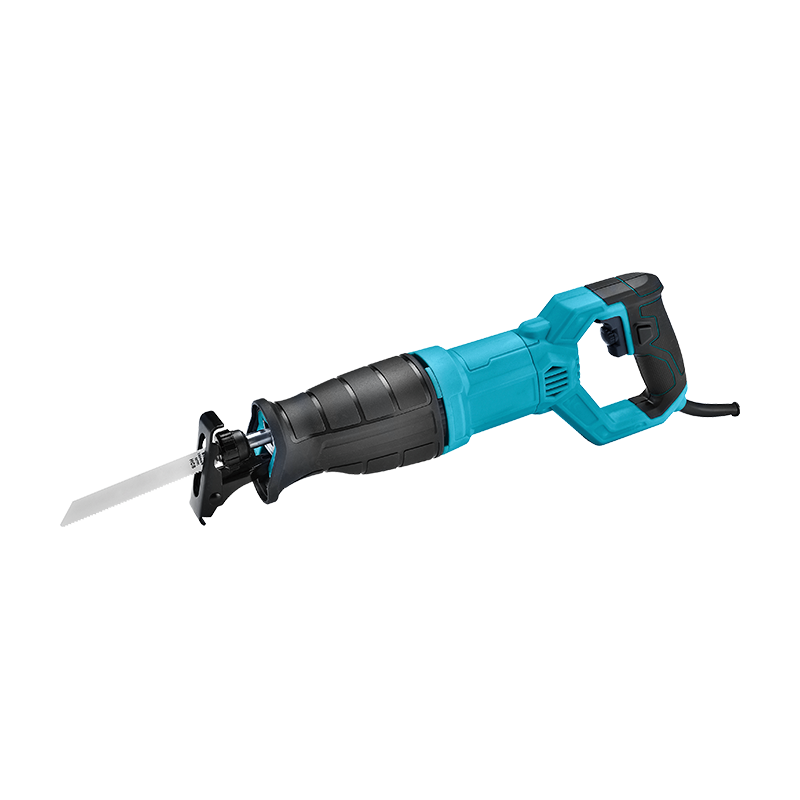 2025.01.10
2025.01.10
 Industry News
Industry News
In the world of construction, demolition, and DIY projects, a reliable and powerful tool is essential for tackling a variety of tasks. The heavy duty reciprocating saw stands out as a versatile and robust tool that can handle heavy-duty cutting jobs with ease.

Key Features of Heavy Duty Reciprocating Saws:
Powerful Motors: At the heart of any heavy duty reciprocating saw is a powerful motor. These motors are designed to deliver high torque and consistent power, allowing users to cut through a wide range of materials, including metal, wood, and masonry, with small effort.
Durable Construction: To withstand the rigors of heavy-duty use, these saws are built with durable materials. From the housing to the gears, every component is designed to resist wear and tear, ensuring longevity and reliability.
Adjustable Stroke Length: One of the key features of a heavy duty reciprocating saw is the adjustable stroke length. This allows users to fine-tune the tool for different cutting tasks, optimizing performance and control.
Variable Speed Settings: Many models offer variable speed settings, enabling users to match the saw's speed to the specific material and task at hand. This feature is particularly useful for precision work or when cutting through particularly tough materials.
Comfort and Ergonomics: Heavy duty reciprocating saws often come with ergonomic grips and designs that reduce user fatigue during extended use. This is crucial for professionals who may spend long hours on the job.
Applications of Heavy Duty Reciprocating Saws
Construction: In construction, reciprocating saws are used for a variety of tasks, from cutting through studs and joists to trimming metal rebar. Their ability to cut through multiple materials makes them indispensable on construction sites.
Demolition: For demolition work, heavy duty reciprocating saws are used to cut through structural elements such as walls, floors, and ceilings. Their power and durability make them ideal for breaking down buildings and other structures.
Automotive Repair: In automotive repair, these saws are used to cut through metal components, such as exhaust systems and body panels, for repairs or modifications.
HVAC: For heating, ventilation, and air conditioning professionals, reciprocating saws are used to cut through ductwork and other metal components during installation or repair.
DIY Projects: For the home handyperson, a heavy duty reciprocating saw can be a valuable tool for a range of projects, from cutting drywall to trimming wood for carpentry tasks.
Proper maintenance is crucial for the longevity of any power tool, and heavy duty reciprocating saws are no exception. Regularly checking and tightening the blade, cleaning the tool, and replacing worn parts can extend the life of the saw and ensure good performance.
Safety is also paramount when using these powerful tools. Users should always wear appropriate personal protective equipment, such as safety glasses and hearing protection. Additionally, following the manufacturer's guidelines for use and maintenance can help prevent accidents and injuries.
Heavy duty reciprocating saws are powerful, versatile tools that are well-suited for a wide range of applications. Their combination of power, durability, and precision make them an essential tool for professionals and serious DIY enthusiasts. By understanding the features, applications, and proper use and maintenance of these saws, users can big their efficiency and effectiveness on the job.